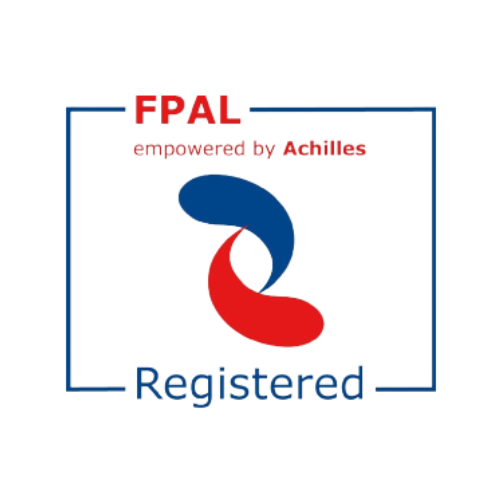Earth Potential Rise (EPR) occurs when large amounts of electricity are absorbed into the ground. Natural phenomena like lightning strikes can trigger EPR, but avoidable causes include faults with substations or high-voltage towers. During the earthing design process, it is crucial not to overlook the study of Earth Potential Rise as it can have significant safety and cost implications, which we will discuss further in this article.

Safeguarding Personnel and Equipment
Earth Potential Studies are vital in identifying hotspots within a power grid. They enable engineers to determine areas with elevated electrical potentials and adjust the design accordingly. By identifying these high-risk locations, engineers can ensure precautions can be taken to safeguard personnel and equipment. This is especially important in environments where lives are at stake, such as power stations or substations. By incorporating EMR studies into earthing design services, potential hazards can be identified and mitigated. Furthermore, this reduces the risk of electrical accidents and equipment damage.
Determining Minimum Grounding System
Engineers utilise the earth potential formula to identify the minimum grounding system required for each location. By understanding the electrical characteristics of the soil and the electrical properties of the grounding system, engineers can assess the potential risks associated with EPR. This enables accurate electrical earthing designs to be created in adherence to national guidelines and safety standards.
Reducing Risks with Safety Systems
Once the Earth Potential Rise analysis is complete, engineers can develop safety systems to protect personnel and equipment from EPR hazards. There are three primary methods of reducing these risks:
- Reducing the resistance-to-ground: By implementing low-resistance grounding systems, the voltage potential across the grounding system can be minimised, reducing the likelihood of EPR.
- Proper placement of ground conductors: Strategically locating ground conductors can distribute electrical energy more effectively, preventing localised high potentials.
- Resistive surface layers: Adding resistive layers to the surface of the ground can help dissipate electrical energy, reducing the risk of EPR.
Soil Resistivity Testing
An Earth Potential Rise study should be part of a comprehensive approach that includes soil resistivity testing, site drawings, and electric utility data analysis. By considering all relevant factors as part of a thorough study, engineers can ensure the proper functioning of the power system and mitigate all potential risks. A holistic understanding of the electrical characteristics of the system, in conjunction with EPR studies, allows for effective risk mitigation and optimised design.
Book a Call with EPS
EPS uses sophisticated earthing design software (CDEGS) to calculate all requirements needed to meet BS, IEC, ENA, and DNO standards and guidelines. To learn more about our earthing design services, book a call with our experts or contact us on 01642 987240.










